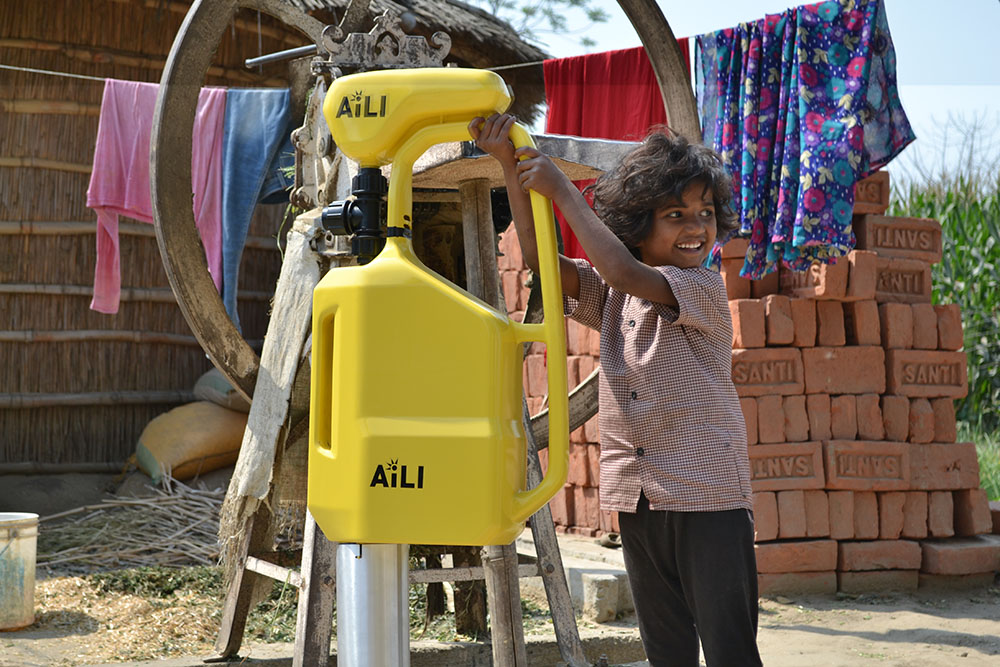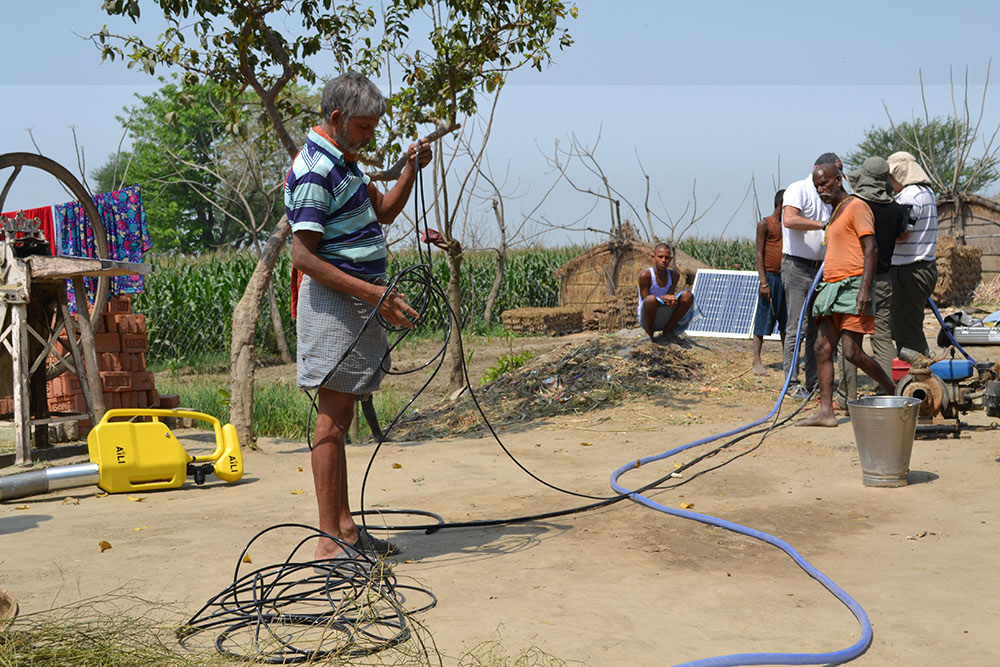
Aili’s water pumps to be used in three projects
Aili Innovation, which presented its unique, solar-powered water pump to the Indian market during the India Sweden Innovations’ Accelerator’s trip there in November, has already started planning three projects in collaboration with three potential partners.
“It involves three different applications, each of which offers special challenges and opportunities,” says Aili Innovation’s CEO and co-founder, Henrik Johansson.
A test of the pumps will be carried out in Mumbai to pump water piped into the cellar to tanks mounted on the roofs of houses.
“It is a challenge, but if we are successful, we will save at least 90% of the electricity required today to distribute the water. And the water is supplied by gravity of course from the water tanks on the roof,” says Johansson.
Exploiting surplus power
In the extremely poor state of Bihar in north-eastern India, Tata Power, in collaboration with MIT, General Electric and the World Bank, has been tasked by the Indian Government to supply electricity to villages in the countryside. Today 24,000 villages in India are without power.
Microgrids storing solar energy have been installed in two villages. They generate more electricity than can be stored, with the surplus being used to operate electrical irrigation pumps, but they in turn use a lot of power.
“CII tipped off Tata Power about us and our solar-powered, low-energy pumps. We will now initiate a joint project where the surplus energy will be used to pump water to households, livestock and the small family-owned farms using our system,” says Johansson.
Optimised water consumption
Aili Innovation is very happy with the attention it has received in India and how quickly it took to get the project up and running:
“A crucial factor into getting the project up to speed was meeting the right people. This is thanks to the ISIA programme,” says Johansson.
A third project will commence in the Kerala district in southern India in collaboration with the semi-state cooperative Raidco.
“They run a similar organisation to Lantmännen, the Swedish agricultural cooperative. The plan here is to install a number of reference sites that focus on optimising water consumption for agricultural crop irrigation. We will use solar energy to pump water and show how it is possible to reduce water consumption by 80 per cent. The project offers us the opportunity to quickly reach end users and Raidco can physically show its customers that our new innovative technology actually works.”

